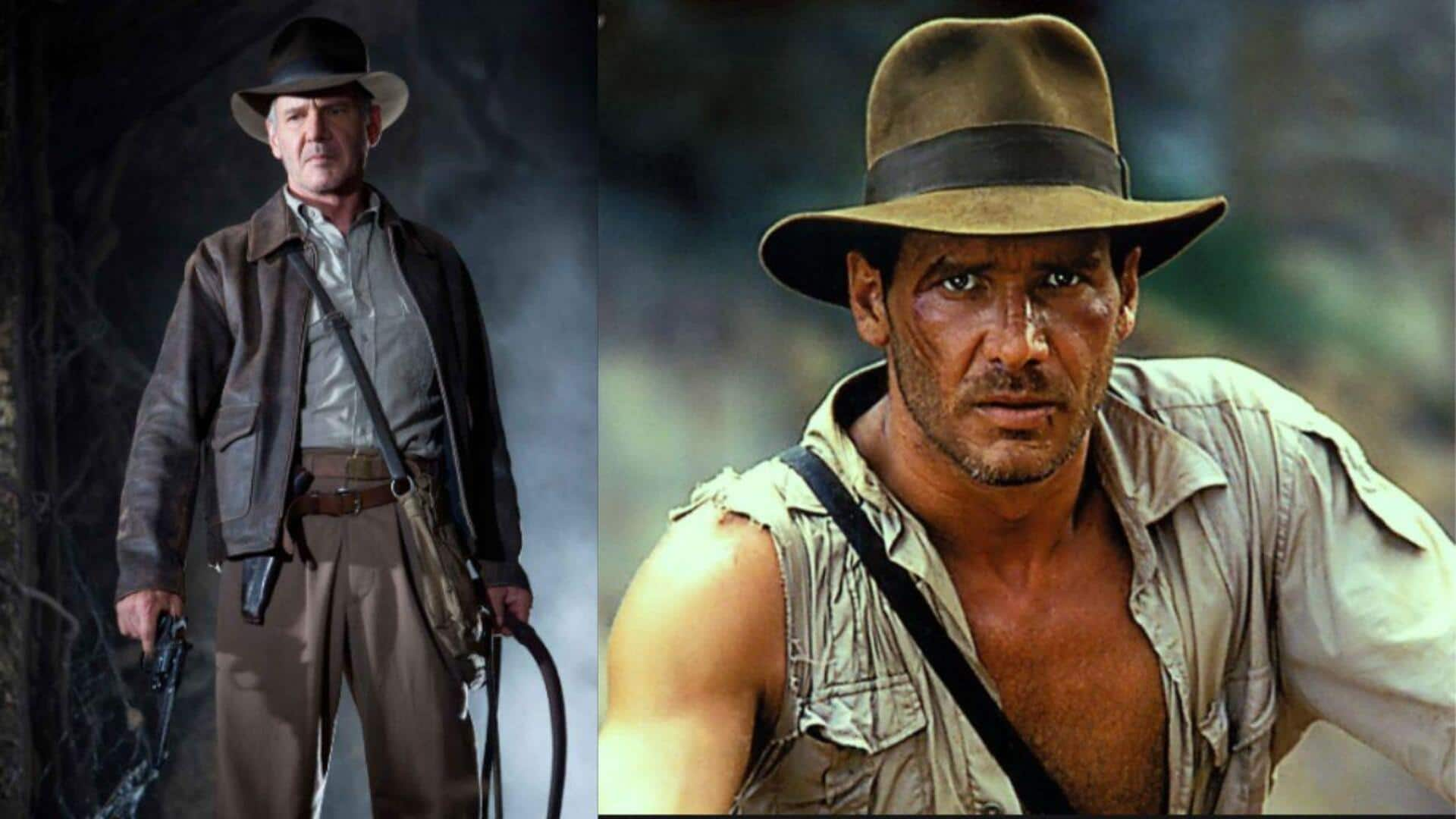
How Indiana Jones evolved into a timeless cinema icon
What's the story
From his adventurous spirit to his archaeological pursuits, the character of Indiana Jones has evolved into an iconic figure in American cinema. Ever since his first appearance in the early 1980s, Indiana Jones has witnessed a lot of change, from character development to cinematic portrayal. Here, we take a look at the evolution of this beloved character through the years, over various films.
Initial impact
'Raiders of the Lost Ark' sets the stage
Released in 1981, Raiders of the Lost Ark introduced audiences to Indiana Jones as a daring archaeologist. The film's success was instant, grossing millions worldwide. It set the template for adventure films with its mix of action, humor, and historical intrigue. The character's rugged charm and resourcefulness became defining traits that struck a chord with viewers.
Deeper exploration
Character development in 'Temple of Doom'
In the 1984 film Indiana Jones and the Temple of Doom, audiences witnessed a darker side to Indiana's adventures. This film delved into more complex themes and showed a grittier version of the protagonist. Although the movie received mixed reviews initially, it helped broaden Indiana's character by exploring his vulnerabilities and moral dilemmas.
Cinematic innovations
Technological advancements in 'The Last Crusade'
The release of Indiana Jones and the Last Crusade in 1989 saw the franchise take a huge technological leap. Thanks to better special effects and cinematography techniques, the film made more dynamic action sequences come alive on screen. These advancements made storytelling better by making it more immersive without changing the core elements that fans loved.
Contemporary adaptations
Modernization efforts with 'Kingdom of Crystal Skull'
In Indiana Jones and the Kingdom of Crystal Skull, the filmmakers focused on bringing some aspects into the modern age while keeping some nostalgic elements from previous films intact. This one brought modern-day elements like Cold War tensions with it, along with the traditional archaeological quests that fans across the globe had come to know. It was an attempt at bridging generational gaps among viewers while keeping the series lore intact.